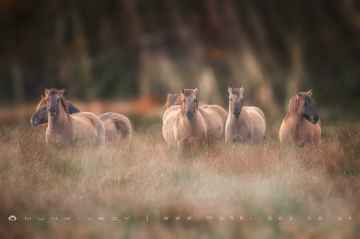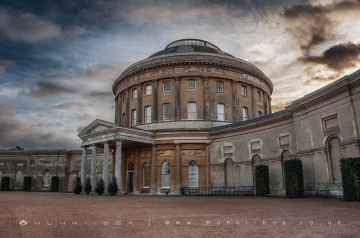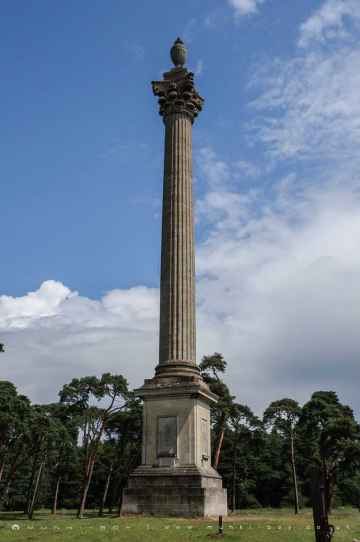Clare
Clare is a Town in the county of Suffolk.
There are great places to visit near Clare including some great fens, nature reserves, historic buildings, villages and historic monuments.
There are a several good fens in the area around Clare like Lopham Fen.
Clare is near some unmissable nature reserves like Lopham Fen,
Don't miss Ickworth's historic buildings if visiting the area around Clare.
Elveden is a great place to visit close to Clare if you like villages.
There are a number of historic monuments near to Clare including Elveden Monument.
Clare History
There are some historic monuments around Clare:
Places to see near Clare
History of Clare
A Roman boundary ditch and posthole has been found just off Nethergate Street; a strap fitting, coins, sepulchral urns and a bronze figurine of Mercury or a dancing boy have been unearthed in various locations. Some Roman brick seems to have ended up in the Parish Church. There were substantial settlements to the west at Wixoe and to the east at Long Melford. Archaeological digs and magnetic survey at Wixoe, as part of the Abberton pipeline installation, revealed a small town occupied from 100-400AD. The Via Devana from Chester to Colchester, a military road, passed through this town. Another road led east from Wixoe, on the north side of the Stour, passing through Long Melford, before heading north-east to Baylham and possibly to Dunwich on the coast; this route is associated with a prehistoric road. No clear trace of this road can now be seen between Wixoe and Cavendish: the agger in the form of terrace has either been eroded by ploughing or incorporated into field boundaries, as is typical in East Anglia. The name first appears in the Domesday Book as ‘Clara’. It possibly derives from the “clear” nature of the Chilton Stream as it flows through the town, but from a Latin word rather than a Celtic one as was previously thought. In the Domesday Book, it is described as “‘Always a market. Now 43 burgesses’ - an astonishingly high number, because at the time very few Suffolk towns had any burgesses, let alone 43”. It lists 37 acres (15 ha) of meadow, woodland for 12 swine, a mill, 5 arpents of vineyard (an arpent was 4-6 acres) and 400 sheep. The manor included Stoke-by-Clare and the hamlet of Chilton Street, totalling 128 households. Improbably it has been suggested that the word claret is derived from Clare and its extensive vineyards. There is a Claret Hall towards Ashen, but that could simply mean ‘Little Clare’.












